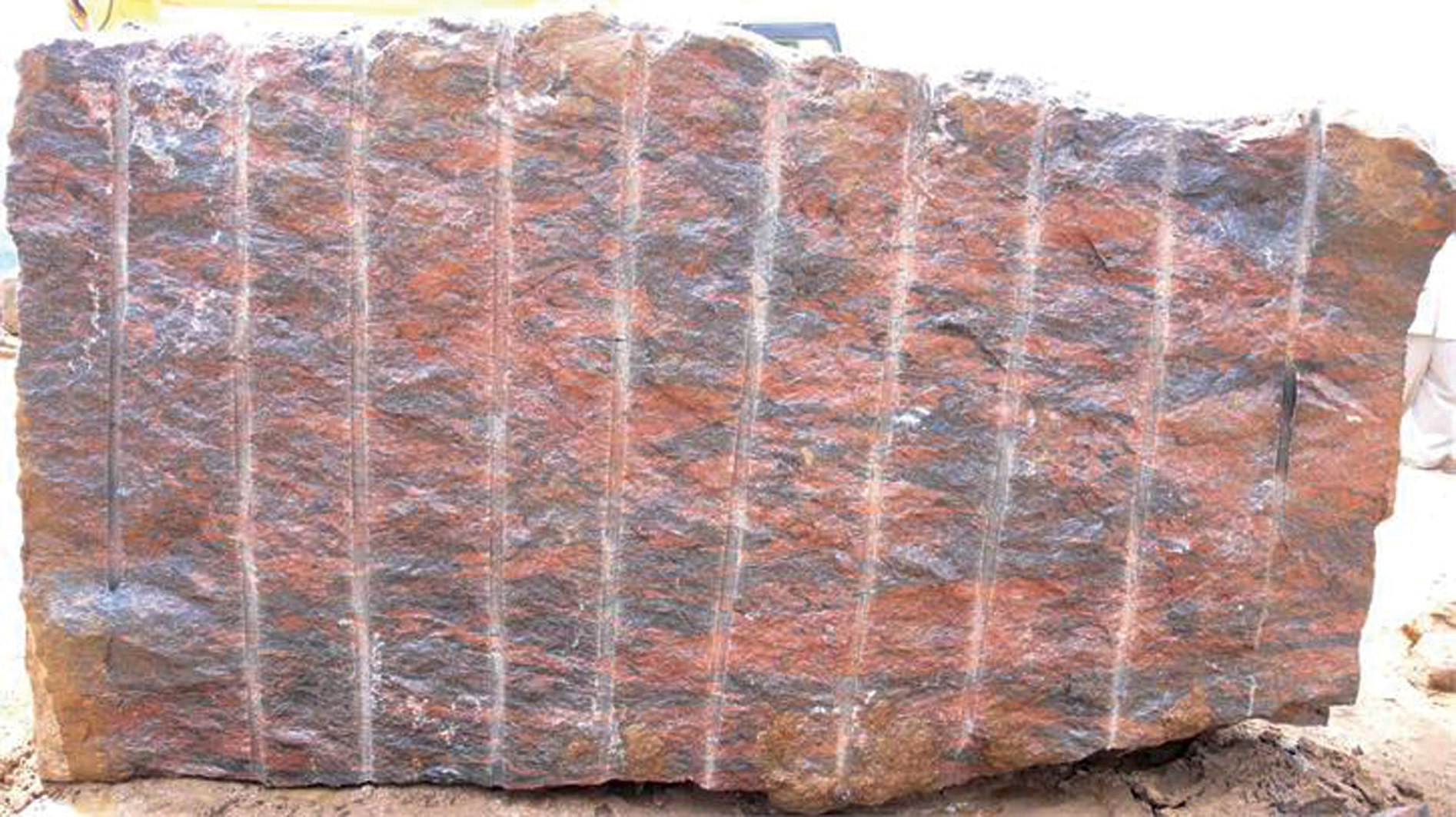Unlocking Natural Treasures: Granite Quarries in South Africa Revealed
Unlocking Natural Treasures: Granite Quarries in South Africa Revealed
Blog Article
Discovering the Rich Background and Lasting Practices of Granite Quarrying
As we stand on the precipice of uncovering the intricate tapestry of granite quarrying, a trip via time discloses not just the physical act of removing rock but likewise the social and historic significance woven right into the extremely fabric of this method. From the old origins that laid the foundation for modern-day quarrying techniques to the lasting techniques that are shaping the future of this sector, each sculpt mark on granite surfaces narrates waiting to be uncovered (granite quarries in south africa). The heritage of granite quarrying extends much beyond simple removal; it is a testimony to human ingenuity, strength, and the enduring allure of this marvelous stone
Ancient Origins of Granite Quarrying
Dating back to old human beings, the method of quarrying granite has actually been an essential part of human background and building advancement. The earliest evidence of granite quarrying go back to old Egypt, where substantial pyramids and complex sculptures were crafted from this sturdy stone. The Egyptians utilized primitive tools to draw out granite blocks from quarries, showcasing the relevance of this product in their huge buildings.
Progressing in background, the Greeks likewise made substantial contributions to the quarrying of granite. The Greeks made use of granite in different building wonders, such as temples and statues, showing their skill in shaping and sculpting this sturdy stone. The Romans even more fine-tuned the methods of quarrying granite, utilizing sophisticated devices like chisels and hammers to essence and form granite for their famous structures.
Through the centuries, the practice of quarrying granite has developed, with modern innovations enhancing effectiveness while preserving the timeless charm of this all-natural rock - granite quarries in south africa. From ancient human beings to contemporary contractors, the heritage of granite quarrying remains to shape our globe
Development of Quarrying Methods
The development of quarrying methods has actually been marked by a constant development in the direction of better efficiency and precision in removing granite. From the fundamental techniques utilized by our ancestors to the innovative modern technologies utilized in contemporary quarrying operations, the market has undergone significant advancements. Early quarrying techniques included manual work with standard tools such as chisels, hammers, and wedges to extract granite blocks from the earth. As civilizations advanced, strategies like fire-setting and primitive dynamites were presented to promote the removal process.
Innovations in computer-controlled tools and 3D modeling have enhanced quarrying procedures, leading to very little ecological effect and boosted sustainability practices. As the need for granite continues to rise, the development of quarrying techniques remains indispensable to conference industry requires successfully and sustainably.
Cultural Significance of Granite
Granite holds a profound social value across different civilizations because of its enduring presence in architectural work of arts and admired monuments. From the marvelous pyramids of Egypt to the complex makings of the Angkor Wat holy place in Cambodia, granite has actually been a material of option for expressing splendour and durability in cultural heritage. In ancient Rome, granite columns decorated temples and public structures, representing toughness and durability. The cultural importance of granite prolongs past its physical qualities; it embodies durability, stability, and timelessness, making it a symbol of withstanding legacies and customs.

Lasting Practices in Quarrying
In the middle of the rich history of granite quarrying and its cultural value exists an expanding focus on sustainable practices within the market. As ecological awareness and problems concerning source exhaustion have actually enhanced top article internationally, the quarrying industry has actually significantly welcomed sustainable methods to lessen its influence on the atmosphere and surrounding communities.

Moreover, recovery and rehab of quarry sites post-extraction are important to lasting practices. By bring back quarried locations to a natural or helpful state, such as producing wildlife environments or recreational areas, quarriers can balance out the environmental footprint of their procedures and contribute positively to the regional community.
Tradition of Granite Quarrying
With a historical backdrop soaked in craftsmanship and industrial development, what sustaining effect has granite quarrying left on the landscape of contemporary culture? The tradition of granite quarrying transcends mere removal more methods; it has formed building wonders, city landscapes, and social heritage worldwide. The sturdy nature of granite has actually made it a favored choice for monuments, structures, and facilities, standing as a testimony to the skill and virtuosity of quarry employees throughout generations.
Furthermore, the economic footprint of granite quarrying can not be ignored. The sector continues to supply employment possibility and drive local economic situations in areas where granite extraction is prevalent. It has actually also spurred technical improvements in quarrying methods and tools, bring about much more reliable and sustainable techniques.
In regards to sustainability, the heritage of granite quarrying consists of initiatives to alleviate ecological influences via improvement jobs and liable resource management. By stabilizing economic passions with ecological stewardship, the market aims to make sure that future generations can proceed to take advantage of this enduring natural resource.
Final Thought

Report this page